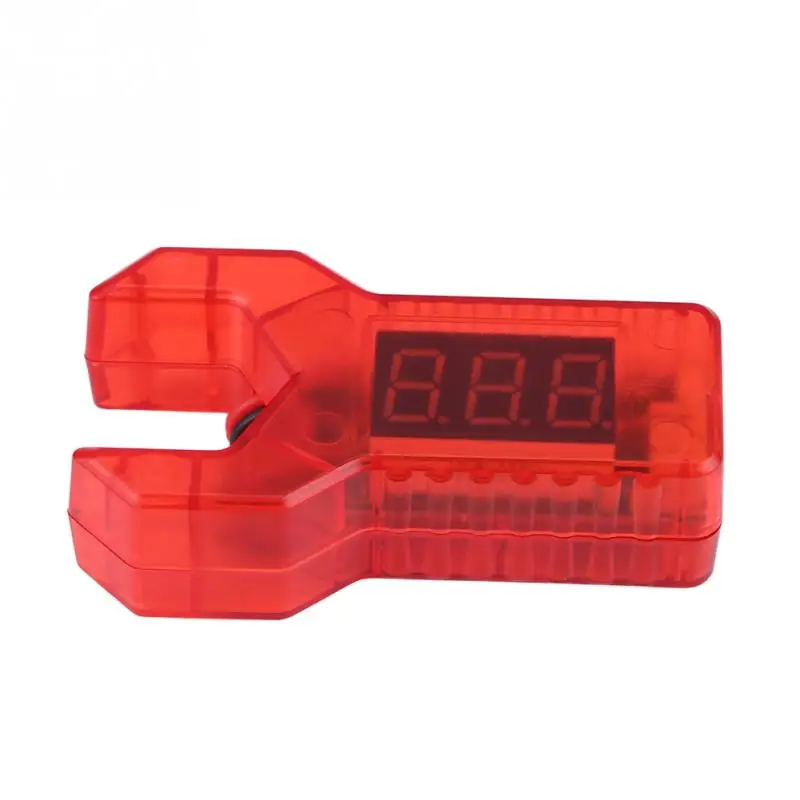

You will need to plug in your extension cable to a power source in order to test it. Wiring your plug this way will make your remote more versatile, enabling it to charge with either a wireless receiver or a phone charger cable.Ĭut the extension cable to your desired length, and strip the wires for testing. Wire the USB extension cable exactly the same as explained in the previous hack with the regular USB cable. The receiver in the link provided is a USB mini plug, and the extension cable is also compatible with a USB mini. Step twoĪ wireless charging receiver normally comes with a plug-in that is compatible with different phones. Place all parts in a container for safekeeping while working. Open the battery cover on the rear of the I-pilot remote, and remove the diaphragm and battery. USB mini charge cable extension Step one.Clear silicone, bathroom rated Sourcing parts.This project will require the same tools as required in the last project. This can allow you to set your remote on a charging stand next to your depth finder, and have it fully charge without the hassle of a cable or extra weight. There are a lot of advantages to wireless charging. If you have not read through the previous section, I recommend that you do so because there are a lot of details in that section that I will not be covered in depth here. Over tightening them can break the connection inside the USB cable.Īdding wireless charging to your I-pilot remoteĪdding wireless charging to your remote is very similar to adding a USB charge cable to your remote. Tighten the screws, but make sure not to over-tighten the two screws on the side where the wire comes out. If you add a larger amount of silicon where the charging cable exits the back panel of the charger, you should be able to seal it thoroughly. To complete it, I would add an additional light bead of silicone around the edge of the battery cover. Then I would run a light bead of bathroom silicone around the edge of the diaphragm. If I were going to seal it, I would start by taking my wire cutters and removing a small piece of the diaphragm, just so the wire would have a place to lay. I felt like it wasn’t worth the trouble to seal mine completely, given the lack of buoyancy (regardless of their claims). How you choose to seal your unit is really a matter of personal preference. I’m not sure if that is normal, however, the battery did complete a charge and I was able to disconnect the backup battery in 15 to 20 minutes. In my case, the charge light did not come on. In a matter of a few minutes, there should be a noticeable difference in the charge level. Your battery indicator icon on the remote should come on almost instantly. Turn both your backup battery and your I-pilot remote on.


 0 kommentar(er)
0 kommentar(er)
